In a cosmically historic announcement, NASA says the most distant human made object — the Voyager 1 spacecraft — is in interstellar space, the space between the stars. It actually made the transition about a year ago.
“We made it!” said a smiling Dr. Ed Stone, Voyager’s Project Scientist for over 40 years, speaking at a briefing today. “And we did it while we still had enough power to send back data from this new region of space.”
While there is a bit of an argument on the semantics of whether Voyager 1 is still inside or outside of our Solar System (it is not farther out than the Oort Cloud — it will take 300 more years reach the Oort cloud and the spacecraft is closer to our Sun than any other star) the plasma environment Voyager 1 now travels through has definitely changed from what comes from our Sun to the plasma that is present in the space between stars.
There’s also been a recent debate on if Voyager was really in or out of the Solar System – a debate between the latest various science papers and their authors. (More on that later…)
But Stone now says the evidence in clear: Voyager 1 has made the transition.
“This conclusion is possible from the space craft’s plasma wave instrument,” Stone said. “The 36-year old probe is now sailing through uncharted waters of a new cosmic sea and it has brought us along for the journey.”
Voyager 1’s 36-year, 13 billion mile journey began in 1977.
Scientists thought that when the spacecraft had crossed over into interstellar space, the magnetic field direction would change. However, it turned out that didn’t happen, and scientists determined they needed to look at the properties of the plasma instead.
The Sun’s heliosphere is filled with ionized plasma from the Sun. Outside that bubble, the plasma comes from the explosions of other stars millions of years ago. The main tell-tail difference is the interstellar plasma is denser.
Unfortunately, the real instrument that was designed to make the measurements on the plasma quit working in the 1980’s, so scientists needed a different way to measure the spacecraft’s plasma environment to make a definitive determination of its location.
Instead they used the plasma wave instrument, located on the 10-meter long antennas on Voyager 1 and an unexpected “gift” from the Sun, a massive Coronal Mass Ejection.
The antennas have radio receivers at the ends – “like the rabbit ears on old television sets,” said Don Gurnett, who led the plasma wave science team at the University of Iowa. The CME erupted from the Sun in March 2012, and eventually arrived at Voyager 1’s location 13 months later, in April 2013. Because of the CME, the plasma around the spacecraft began to vibrate like a violin string.
The pitch of the oscillations helped scientists determine the density of the plasma. Stone said the particular oscillations meant the spacecraft was bathed in plasma more than 40 times denser than what they had encountered in the outer layer of the heliosphere.
“Now that we have new, key data, we believe this is mankind’s historic leap into interstellar space,” said Stone, “The Voyager team needed time to analyze those observations and make sense of them. But we can now answer the question we’ve all been asking — ‘Are we there yet?’ Yes, we are.”
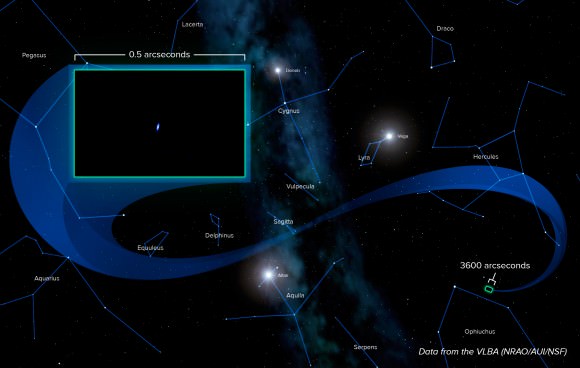
Credit: Alexandra Angelich, NRAO/AUI/NSF.
The plasma wave science team reviewed its data and found an earlier, fainter set of oscillations in October and November 2012 from other CMEs. Through extrapolation of measured plasma densities from both events, the team determined Voyager 1 first entered interstellar space in August 2012.
“We literally jumped out of our seats when we saw these oscillations in our data — they showed us the spacecraft was in an entirely new region, comparable to what was expected in interstellar space, and totally different than in the solar bubble,” Gurnett said. “Clearly we had passed through the heliopause, which is the long-hypothesized boundary between the solar plasma and the interstellar plasma.”
The new plasma data suggested a timeframe consistent with abrupt, durable changes in the density of energetic particles that were first detected on Aug. 25, 2012.
At that time, Stone said, “We are certainly in a new region at the edge of the solar system where things are changing rapidly. But we are not yet able to say that Voyager 1 has entered interstellar space,” adding that the data are changing in ways that the team didn’t expect, “but Voyager has always surprised us with new discoveries.”
Now, after further review, the Voyager team generally accepts the August 2012 date as the date of interstellar arrival. The charged particle and plasma changes were what would have been expected during a crossing of the heliopause. This reinforces that definitive science results don’t always come fast.
“The team’s hard work to build durable spacecraft and carefully manage the Voyager spacecraft’s limited resources paid off in another first for NASA and humanity,” said Suzanne Dodd, Voyager project manager, based at NASA’s Jet Propulsion Laboratory, Pasadena, Calif. “We expect the fields and particles science instruments on Voyager will continue to send back data through at least 2020. We can’t wait to see what the Voyager instruments show us next about deep space.”
There has been some back and forth about whether Voyager 1 was in or out of the Solar System. As we said, it was first questioned in August of 2012, with more speculation in December 2012, then in March of 2013 a paper by William Webber and F.B. McDonald claimed Voyager 1 had exited the Solar System the previous December, but Stone insisted the data wasn’t positive yet. Then about a month ago a paper came out by Marc Swisdak from the University of Maryland saying Voyager 1 was out of the solar system, but at that point Ed Stone and the Voyager team put out a statement saying they were still making that determination.
Today, Gurnett revealed that the timing of all scientists being in “official” agreement was off due to the timing of the review process for scientific papers. “Our paper was submitted a month before theirs, they just got through the review cycle before ours,” he said. “But theirs was basically a theory paper.”
Voyager 1 and its twin, Voyager 2, were launched 16 days apart in 1977. A fortuitous planetary alignment that only happens every 176 years enabled the two spacecraft to join together to reach all the outer planets in a 12 year time period. Both spacecraft flew by Jupiter and Saturn. Voyager 2 also flew by Uranus and Neptune. Voyager 2, launched before Voyager 1, is the longest continuously operated spacecraft. It is about 9.5 billion miles (15 billion kilometers) away from our Sun.
Voyager mission controllers still talk to or receive data from Voyager 1 and Voyager 2 every day, though the emitted signals are currently very dim, at about 23 watts — the power of a refrigerator light bulb. By the time the signals get to Earth, they are a fraction of a billion-billionth of a watt. Data from Voyager 1’s instruments are transmitted to Earth typically at 160 bits per second, and captured by 34- and 70-meter NASA Deep Space Network stations. Traveling at the speed of light, a signal from Voyager 1 takes about 17 hours to travel to Earth. After the data are transmitted to JPL and processed by the science teams, Voyager data are made publicly available.
“Voyager has boldly gone where no probe has gone before, marking one of the most significant technological achievements in the annals of the history of science, and adding a new chapter in human scientific dreams and endeavors,” said John Grunsfeld, NASA’s associate administrator for science in Washington. “Perhaps some future deep space explorers will catch up with Voyager, our first interstellar envoy, and reflect on how this intrepid spacecraft helped enable their journey.”
Scientists do not know when Voyager 1 will reach the undisturbed part of interstellar space where there is no influence from our Sun. They also are not certain when Voyager 2 is expected to cross into interstellar space, but they believe it is not very far behind.
“In a sense this is only really the beginning. We’re now going into a completely alien environment and what Voyager is going to discover truly unknown,” said Gary Zank, from the Department of Space Sciences at the University of Alabama, Huntsville, speaking at today’s press conference.
While Voyager 1 will keep going, we will not always be able to communicate with it, as we do now. In 2025 all instruments will be turned off, and the science team will be able to operate the spacecraft for about 10 years after that to just get engineering data. Voyager 1 is aiming toward the constellation Ophiuchus. In the year 40,272 AD, Voyager 1 will come within 1.7 light years of an obscure star in the constellation Ursa Minor (the Little Bear or Little Dipper) called AC+79 3888. It will swing around the star and orbit about the center of the Milky Way, likely for millions of years.

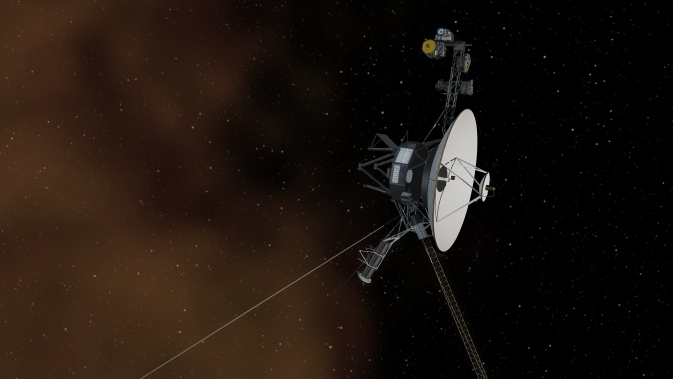
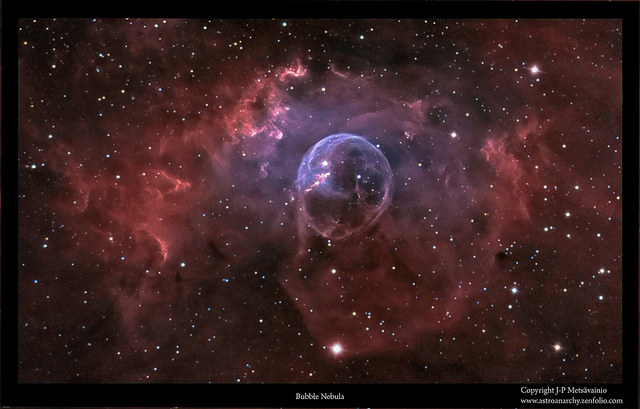
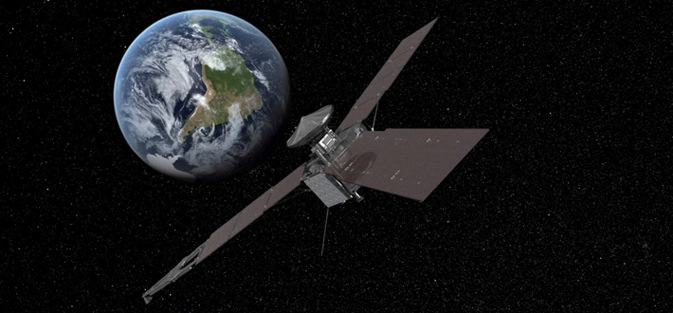
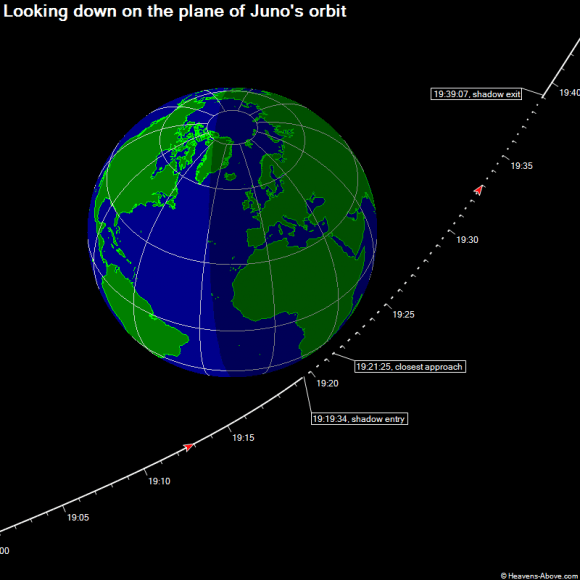
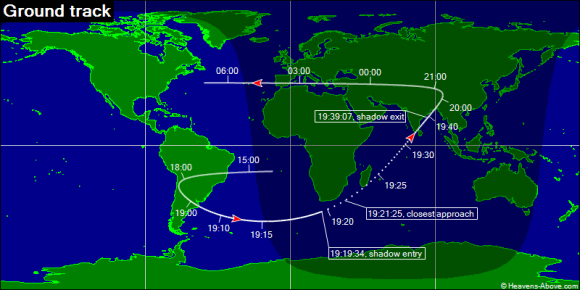
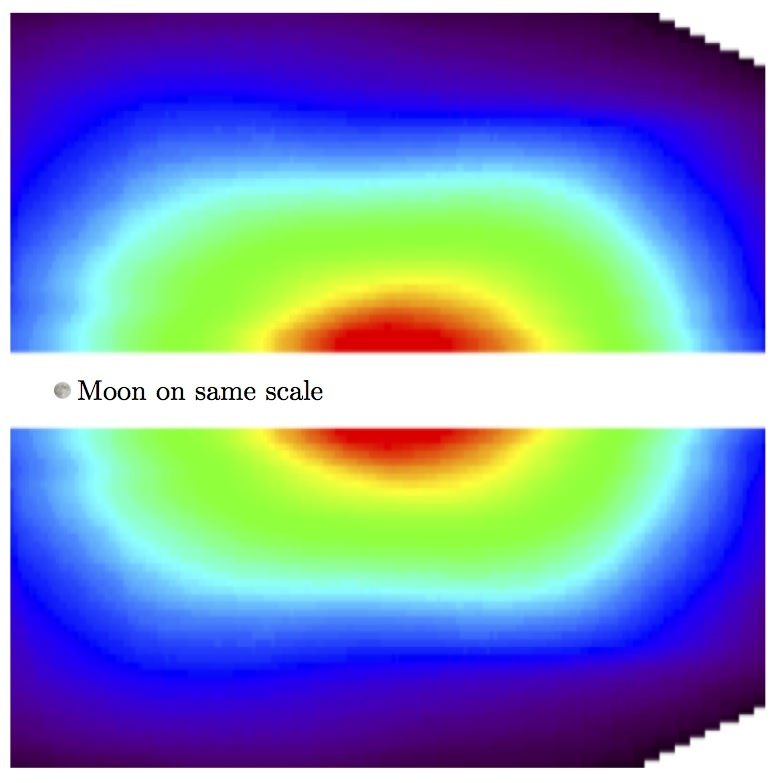
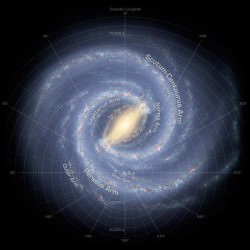
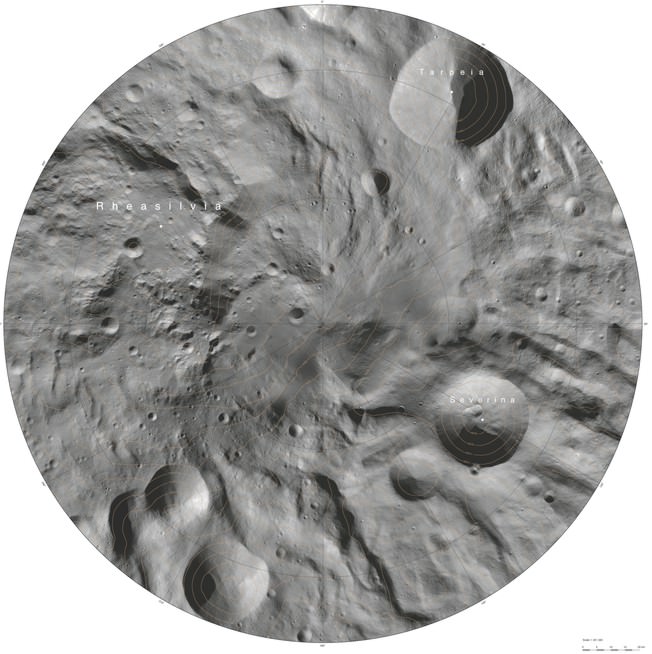
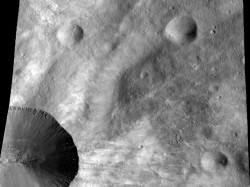
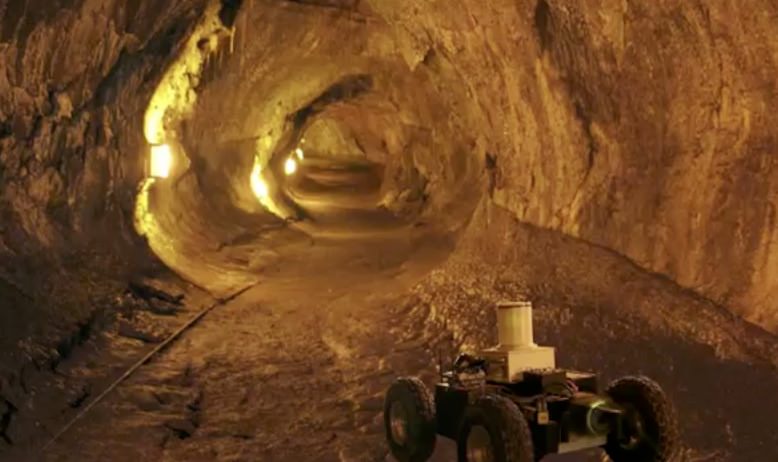
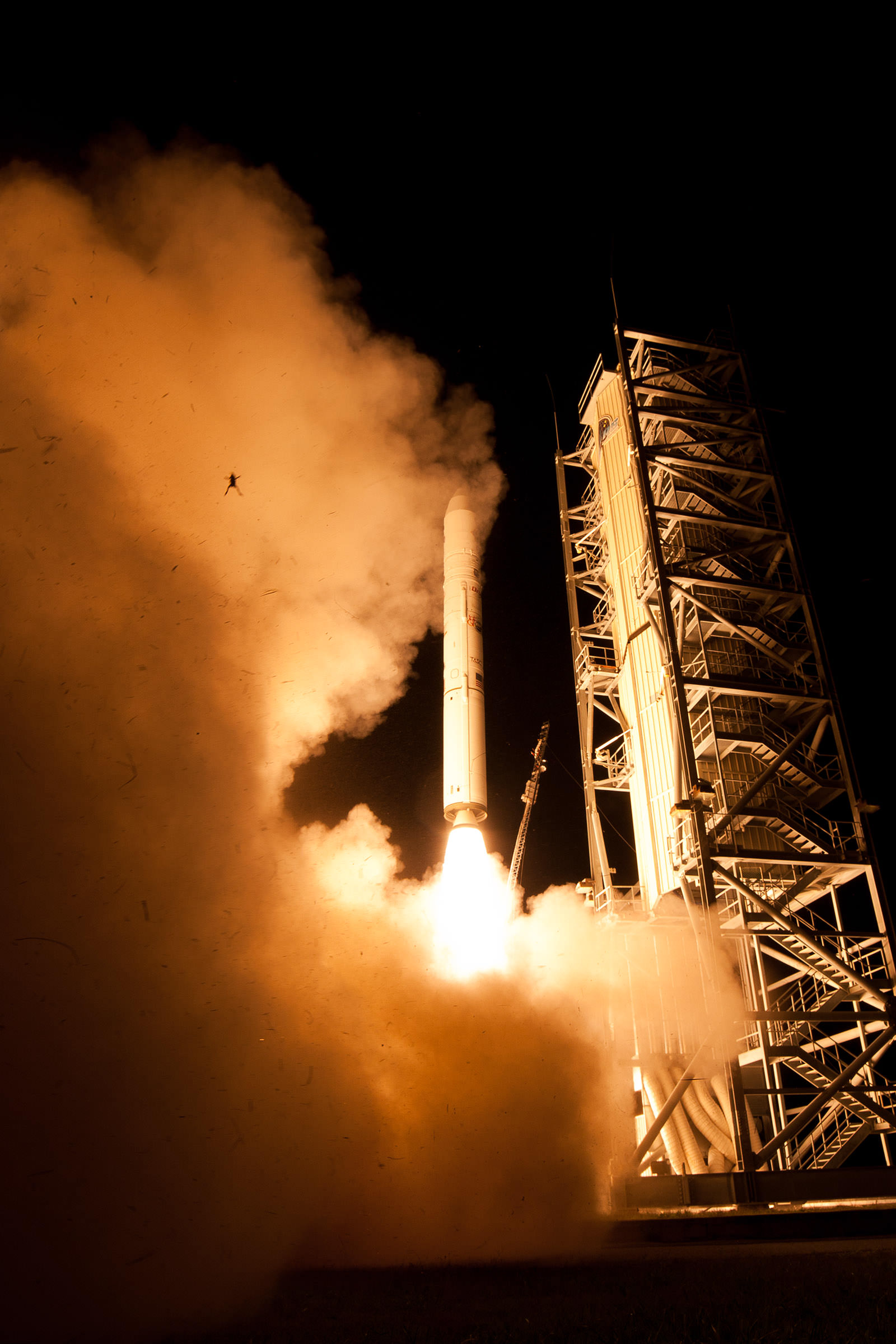
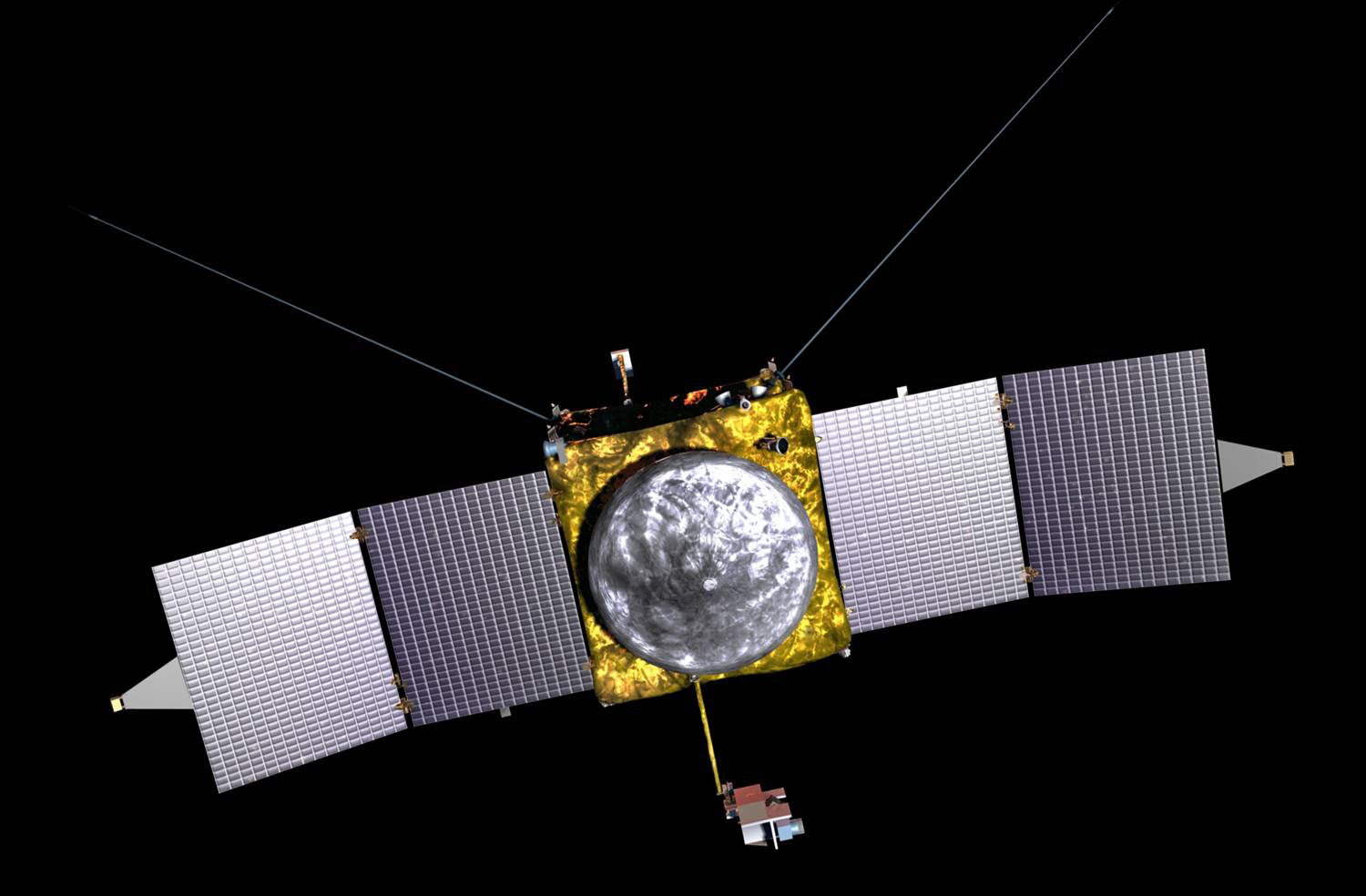
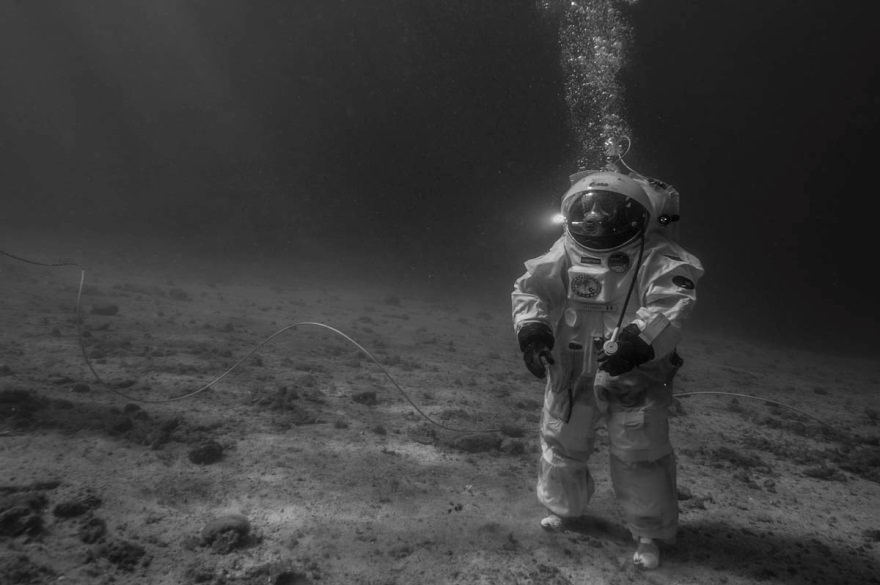
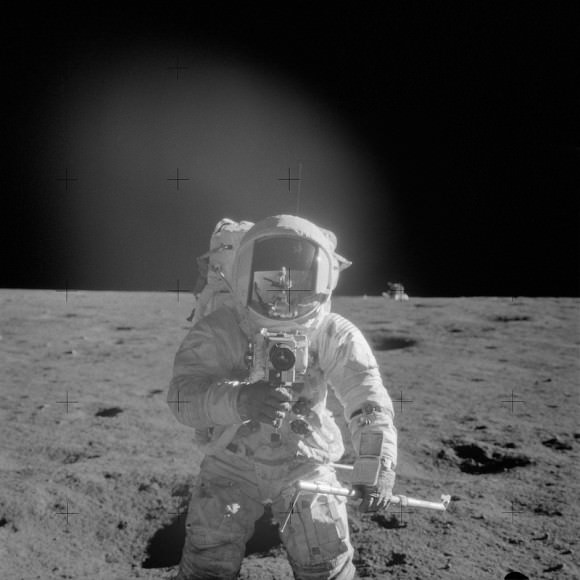
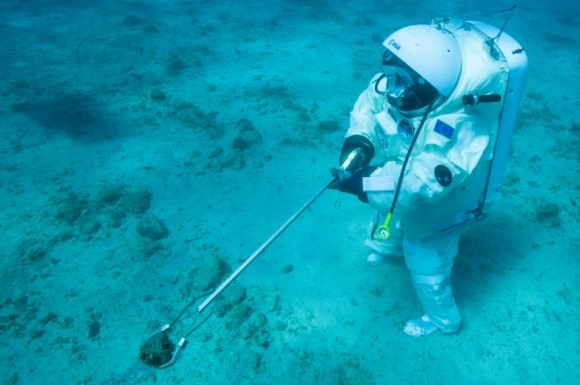
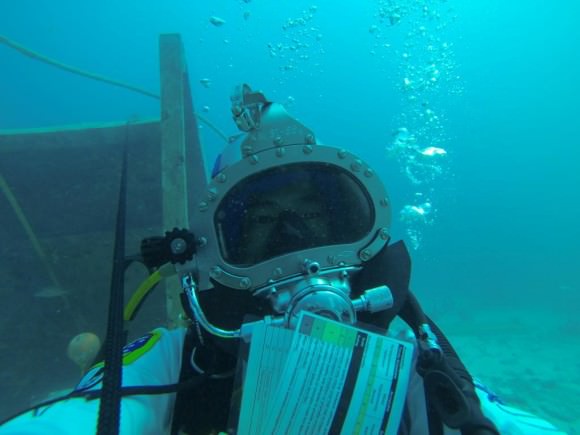
!["Worked with @astro_reid [ESA astronaut Reid Wiseman] in the pool today, and guess who we met?" joked ESA astronaut Alexander Gerst on Twitter on Sept. 5, 2013. Presumably the joke referred to the protagonist in WALL-E, a 2008 Pixar-animated film that features space exploration. Credit: Alexander Gerst/Twitter](https://www.universetoday.com/wp-content/uploads/2013/09/NBL_shot-433x580.jpg)